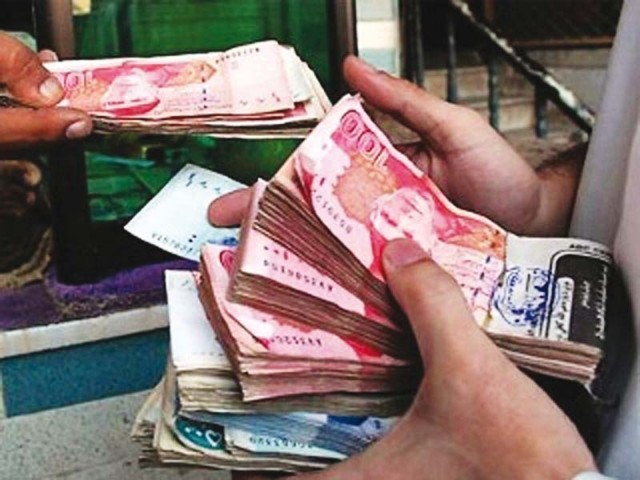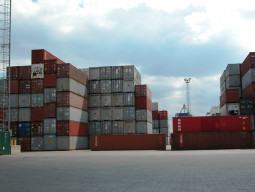
Pakistan’s banking sector has experienced significant growth in deposits and investment over the past five years, but it still faces challenges in serving priority sectors, achieving financial inclusion, and advancing digital banking compared to its regional and global counterparts. These shortcomings have hindered Pakistan’s business growth, contributed to high inflation, and caused the country’s economy to lag behind on the global economic map.
According to a banking publication by AF Ferguson & Co, titled ‘Navigating the Future of Opportunities and Challenges’, Pakistan’s credit to the private sector remains the lowest at 15% of Gross Domestic Product (GDP), compared to regional countries like Bangladesh, Sri Lanka, India, and Kenya, where the credit range is between 32% and 39%. The loans allocated to the priority segments of small and medium enterprises (SMEs) and agriculture sectors constitute less than 8% of total loans, with a consistent concentration of around 70% in corporate lending over the past five years. In contrast, countries such as Bangladesh, Indonesia, and India allocate 18-21% of their total advances to priority sectors.
The report highlights a decline in lending to the SME sector, which dropped to 4.2% in 2022 compared to 9.3% in 2020. Similarly, credit to the agriculture sector declined to 3.6% in 2022 from 4.6% in 2010. This lack of financing for priority sectors has impeded their growth potential.
The cash-in-circulation ratio in Pakistan remains high at 39%, which contributes to the country’s high inflation. In comparison, Kenya, Bangladesh, and India have cash-in-circulation ratios ranging from 9% to 17%. The report states that cash in circulation in Pakistan has increased by 96% from Rs3.93 trillion in 2017 to Rs7.69 trillion, approximating one-third of total bank deposits. This growth in cash circulation has outpaced the 84% growth rate in total deposits over the same five-year period.
Financial inclusion remains a persistent challenge in Pakistan, exacerbated by inherent country dynamics and recent inflationary waves that create financial burdens and reduce the propensity to save. Cash-based transactions account for 27% in Pakistan, compared to less than 1% in countries like Singapore, Thailand, and India. Similarly, electronic financial transactions stand at 73% in Pakistan, while exceeding 99% in the aforementioned countries.
Within the realm of electronic transactions, mobile and internet banking have gained prominence in all countries, including Pakistan. However, there is still considerable room for adoption, as only 25% of individual account holders in Pakistan have registered for mobile banking, compared to around 80% in certain emerging economies.
The report highlights the negligible presence of digital payments for online purchases in Pakistan due to the prevailing preference for cash and structural and logistical challenges associated with e-commerce. However, the introduction of the RAAST (Real-Time Automated Settlement and Transfer) system for person-to-merchant payments has the potential to be a game-changer, offering cost concessions to customers.
As of December 2022, there were 26 million RAAST ID registrations, with 41 million transactions crossing Rs892 billion. The RAAST transaction mix stands at 3% of total transaction volume, with enormous prospect indicated by intervention levels in other economies.
To address these challenges, the report emphasises the need for relentless collaborative efforts by regulators and industry stakeholders to enhance the capacity to deliver affordable, digital, and customer-centric financial products to the unbanked and underserved population. Financial inclusion in Pakistan stands at 21%, indicating substantial room for improvement compared to regional peers and emerging economies where financial inclusion rates exceed 50%. The inclusion of women has reached double digits, increasing from 7% in 2017 to 13% in 2021, but there is still untapped potential compared to certain regional economies. Rural inclusion stands at 15%, which is below other jurisdictions.
While the banking industry in Pakistan experienced growth in 2022, including higher profitability driven by higher margins, spreads, and non-funded income, higher tax charges triggered a disproportionate moderation in baseline profitability.
Published in The Express Tribune, July 15th, 2023.
Like Business on Facebook, follow @TribuneBiz on Twitter to stay informed and join in the conversation.
























COMMENTS
Comments are moderated and generally will be posted if they are on-topic and not abusive.
For more information, please see our Comments FAQ